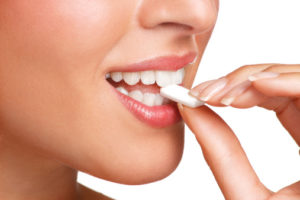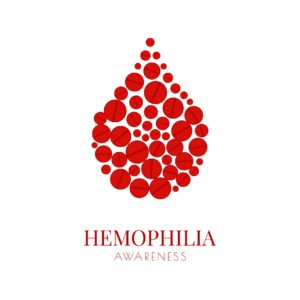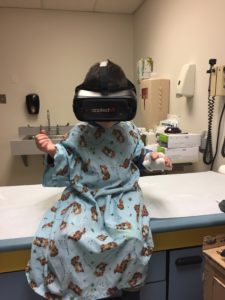Everyone chews gum! Last year alone, 1.74 trillion sticks of chewing gum were made and it is estimated that the average American chews nearly 300 pieces of gum every year.
There are many benefits for those who chew gum. It freshens up our breath and helps remove food particles that get stuck between our teeth. It helps reduce stress for some and helps fight off hunger cravings for others. Chewing gum also stimulates saliva production, which helps fight off nasty plaque and certain gums containing the sweetener xylitol have actually been reported to fight cavities. With all these benefits associated with chewing gum, is there any reason not to do it?
Actually, there can be. When we chew gum, we exercise our jaw muscles – and similar to any other muscle group in the body that gets overworked, constant and aggressive gum chewing can tire these muscles and cause painful spasms in our jaw, neck and head, which can lead to the development of a condition called temporomandibular dysfunction (or TMD).
TMD occurs when the temporomandibular joints, which are located on either side of our head, become misaligned due to physical stress or degeneration of cartilage in the jaw, which act as shock absorbers for us when we chew. Chewing gum is one of the most common ways to cause this type of damage.
TMD affects over ten million Americans. Those who develop TMD experience many painful symptoms such as discomfort while chewing, difficulty opening and closing their jaw, and popping or clicking sounds when they open their mouths. Earaches and headaches are also typically associated with the disorder.
In addition to contributing to the development of TMD, chronic gum chewing can tighten facial muscles, leading to long lasting headaches. In fact, a recent study concluded that gum chewing was linked to chronic migraines in young children and teens.
So, what do you do? Most dentists agree that moderate gum chewing isn’t a problem, but they do recommend taking a break from the habit if you are experiencing head, neck or jaw pain and allow your muscles to relax. Other ways to relieve pain include taking anti-inflammatory medications, applying a warm compress to the area in pain, and switching to a diet of softer foods. If pain persists, contact your dentist immediately.
If you are experiencing jaw pain that may be caused by TMD, see your dentist. If you do not have one, you can call Flushing Hospital’s Dental Center at 718-670-5521.
All content of this newsletter is intended for general information purposes only and is not intended or implied to be a substitute for professional medical advice, diagnosis or treatment. Please consult a medical professional before adopting any of the suggestions on this page. You must never disregard professional medical advice or delay seeking medical treatment based upon any content of this newsletter. PROMPTLY CONSULT YOUR PHYSICIAN OR CALL 911 IF YOU BELIEVE YOU HAVE A MEDICAL EMERGENCY.






